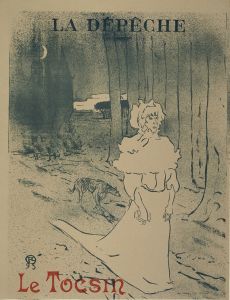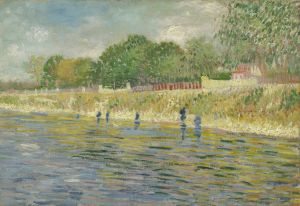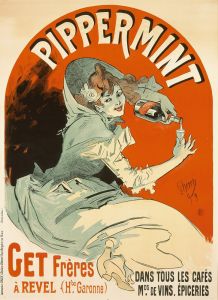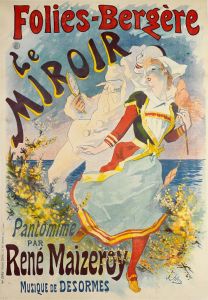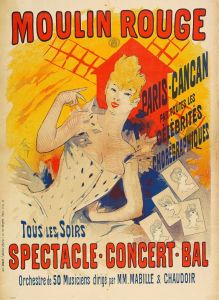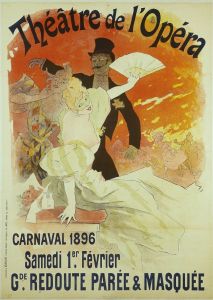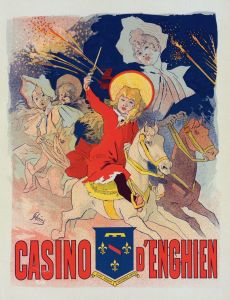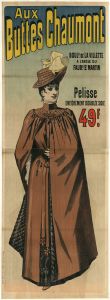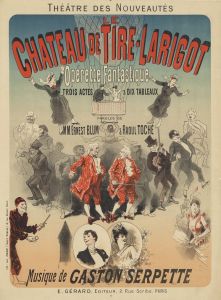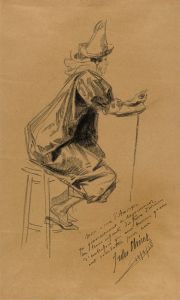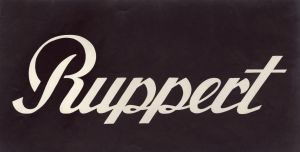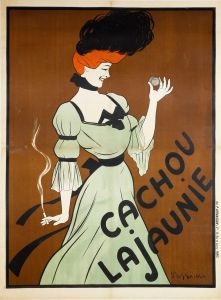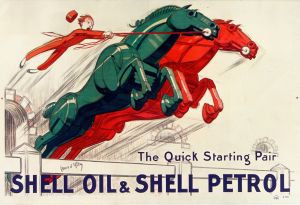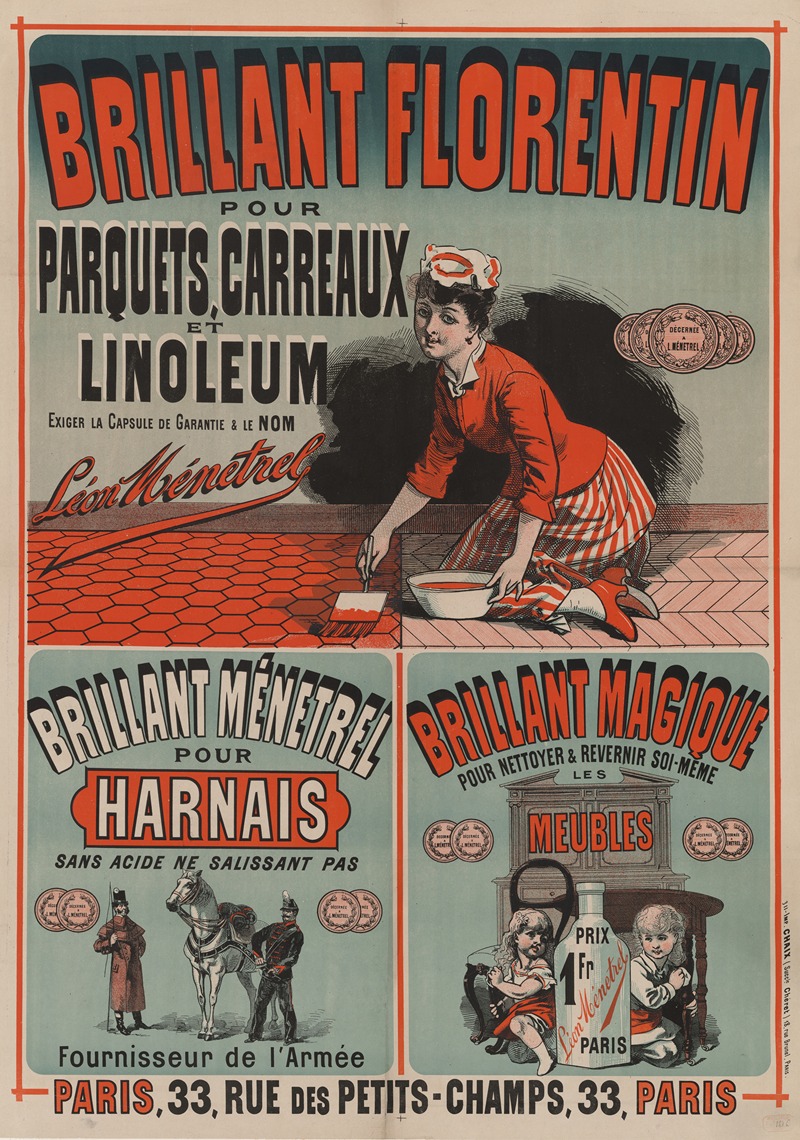
Brillant Florentin pour parquets, carreaux et linoléum
A hand-painted replica of Jules Chéret’s masterpiece Brillant Florentin pour parquets, carreaux et linoléum, meticulously crafted by professional artists to capture the true essence of the original. Each piece is created with museum-quality canvas and rare mineral pigments, carefully painted by experienced artists with delicate brushstrokes and rich, layered colors to perfectly recreate the texture of the original artwork. Unlike machine-printed reproductions, this hand-painted version brings the painting to life, infused with the artist’s emotions and skill in every stroke. Whether for personal collection or home decoration, it instantly elevates the artistic atmosphere of any space.
Jules Chéret, a prominent French painter and lithographer, is often referred to as the father of the modern poster. His work "Brillant Florentin pour parquets, carreaux et linoléum" is a notable example of his contribution to the art of advertising in the late 19th century. Chéret's posters are celebrated for their vibrant colors, dynamic compositions, and ability to capture the viewer's attention, characteristics that are evident in this particular piece.
"Brillant Florentin pour parquets, carreaux et linoléum" was created as an advertisement for a floor polish product. During the late 1800s, the industrial revolution had brought about a surge in consumer goods, and companies were increasingly seeking effective ways to market their products. Chéret's posters were at the forefront of this movement, combining artistic flair with commercial intent.
The poster features a lively and engaging design, typical of Chéret's style. It likely showcases a central figure, often a woman, which was a common motif in his work. These figures were usually depicted in motion, exuding a sense of joy and vitality. Chéret's use of color was revolutionary at the time; he employed a technique that allowed for a wide range of hues, making his posters stand out in the urban landscape.
Chéret's influence extended beyond the realm of advertising. His work played a significant role in the development of the Art Nouveau movement, which emphasized decorative arts and was characterized by intricate linear designs and flowing curves. The aesthetic appeal of Chéret's posters helped elevate the status of commercial art, blurring the lines between fine art and advertising.
The impact of Chéret's work on the advertising industry was profound. He demonstrated that advertisements could be both informative and visually appealing, setting a standard for future generations of graphic designers. His posters were not just tools for selling products; they were also works of art that contributed to the cultural landscape of the time.
In addition to his technical innovations, Chéret's approach to poster design was also notable for its emphasis on the human element. By featuring people in his advertisements, he created a connection between the product and the consumer, a strategy that remains effective in advertising today.
Overall, "Brillant Florentin pour parquets, carreaux et linoléum" exemplifies Jules Chéret's pioneering approach to poster art. Through his innovative use of color, composition, and subject matter, Chéret transformed the way products were marketed and left a lasting legacy on both the advertising industry and the art world. His work continues to be studied and admired for its artistic merit and historical significance.





